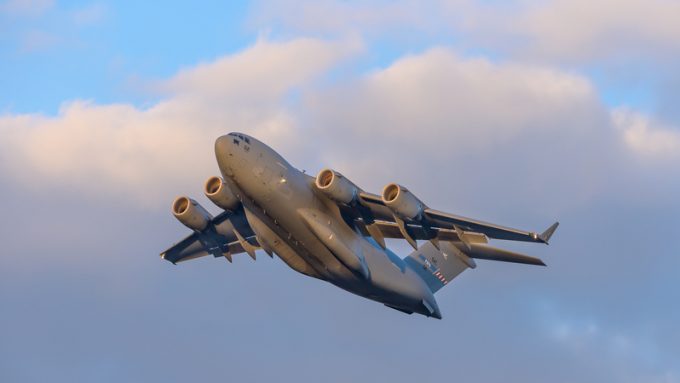Sanctions-busting forwarder jailed, while Europe 'ramps up the pressure'
An Israeli forwarder has been handed a two-year jail stretch for breaching US sanctions on ...

Heavylift air freight faces a bleak future amid a dramatic war-induced reduction in AN-124 availability, as well as the 747 edging closer to end of life with no alternatives to hand.
Russia’s invasion of Ukraine may be the source of the present capacity shortfall, but the war has also shone a light on an aircraft with a commercial life that stems from a unique, “and unlikely seen again”, genesis, according to Air Charter Service’s cargo director Dan Morgan-Evans.
“It was the break-up ...
Asia-USEC shippers to lose 42% capacity in a surge of blanked sailings
USTR fees will lead to 'complete destabilisation' of container shipping alliances
New USTR port fees threaten shipping and global supply chains, says Cosco
Outlook for container shipping 'more uncertain now than at the onset of Covid'
Transpac container service closures mount
DHL Express suspends non-de minimis B2C parcels to US consumers
Zim ordered to pay Samsung $3.7m for 'wrongful' D&D charges
Uncertainty over US tariffs sparks interest in bonded warehouses for imports

Comment on this article